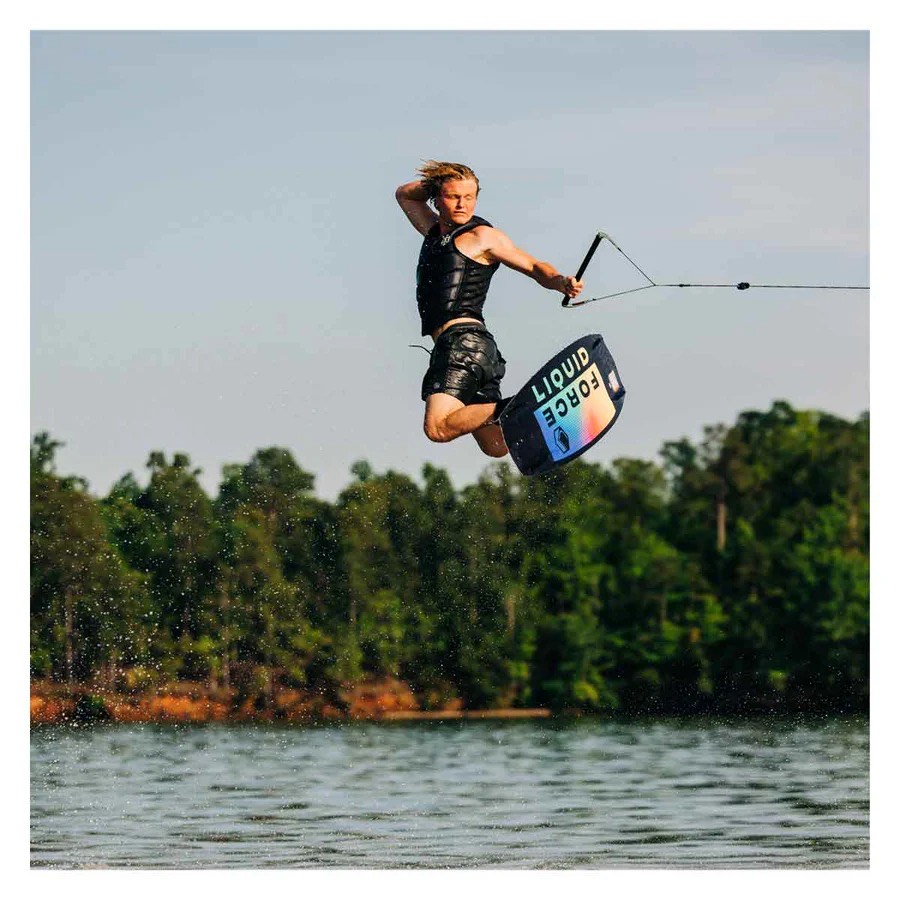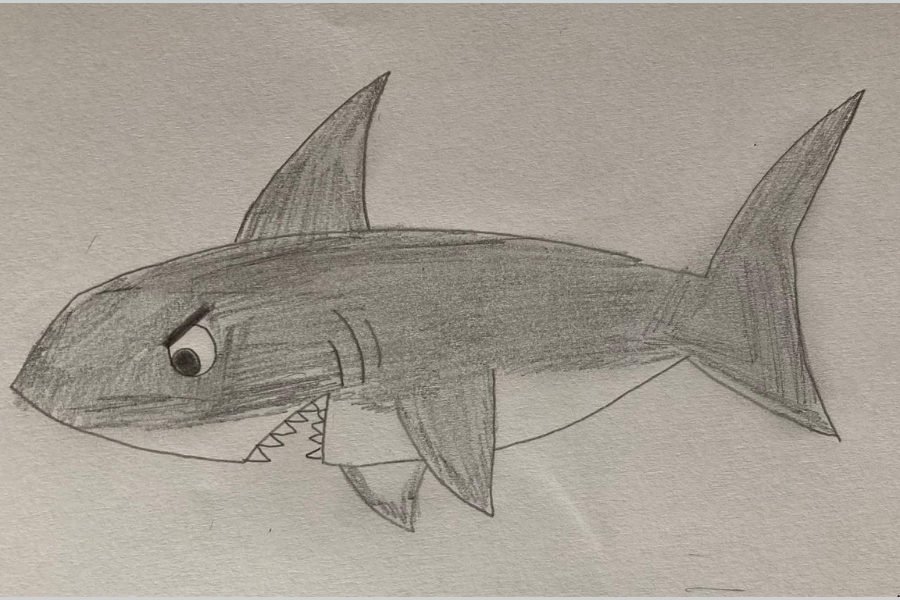Wakeboarding is a sport that merges skill, adrenaline, and artistry on the water. Riders glide across the surface, propelled by the power of a boat or cable, executing jumps, spins, and tricks that combine athleticism and style. With each splash and spin, wakeboarding challenges the rider to master the elements, harnessing the water’s energy and transforming it into a fluid dance of movement.
The evolution of wakeboarding has pushed the boundaries of what’s possible on the water. Originally derived from surfing and waterskiing, it has developed its own identity, with a dedicated community of riders who strive to perfect their skills and continuously innovate. In this article, we’ll explore the art of wakeboarding, from the essential techniques to the mental and physical demands of the sport. We’ll also delve into the culture of wakeboarding and why it continues to captivate thrill-seekers around the world.
The Origins of Wakeboarding: From Surfboards to Custom Boards
Wakeboarding began in the 1980s as an offshoot of surfing, designed to allow riders to experience the thrill of riding waves even when conditions weren’t favorable. Early wakeboarders used small surfboards or customized boards to ride behind a boat, creating the first iterations of what would eventually become a distinct water sport.
These early experiments led to the development of wakeboard, designed specifically for the demands of being towed behind a boat. With the advent of specialized boards, wakeboarding rapidly gained popularity, especially in lakes and rivers, where riders could create their own waves. Over time, the sport evolved, incorporating elements of snowboarding and skateboarding, as well as new tricks, spins, and aerial maneuvers that pushed the limits of what could be done on the water.
Getting Started: Essential Gear and Basics
For those new to wakeboarding, understanding the essential gear and techniques is the first step to unleashing the thrill of the sport. Here’s a breakdown of the key equipment and how to start your wakeboarding journey.
1. Essential Equipment
- Wakeboard: The wakeboard is the heart of the sport. It is specially designed with fins and a rocker (the curve of the board) to help riders stay stable and in control. The size and shape of the wakeboard will depend on the rider’s height, weight, and skill level.
- Bindings: Bindings are the boots that attach your feet to the wakeboard. A good pair of bindings should be comfortable and secure, allowing for flexibility while keeping your feet in place during jumps and tricks.
- Tow Rope: The tow rope connects the rider to the boat or cable system. A wakeboarding-specific rope is essential because it doesn’t stretch, ensuring a consistent pull as the rider carves across the water and performs stunts.
- Safety Gear: A life jacket is crucial for buoyancy and safety, as riders will inevitably fall into the water. Some wakeboarders also wear helmets, especially when riding in areas with obstacles or attempting advanced tricks.
2. The Basics of Riding
Before attempting any advanced tricks, mastering the basics is essential. The first challenge every new wakeboarder faces is learning how to get up on the board and ride comfortably behind the boat.
- Getting Up on the Board: Start in the water, lying on your back with your feet strapped into the bindings and the wakeboard perpendicular to the boat. Hold the tow rope handle with both hands, keeping your arms straight and your knees bent. As the boat begins to accelerate, let it pull you up—don’t try to stand too quickly. Gradually rise into a standing position as the board planes on the water.
- Finding Your Stance: Once you’re standing, focus on maintaining a balanced stance. Your knees should be slightly bent, with your weight evenly distributed between your feet. This allows for more control and stability as you begin to ride.
- Basic Turns: Learning how to turn is a fundamental skill in wakeboarding. Turning is done by shifting your weight onto either your heels or toes. A heel-side turn involves leaning back slightly and pressing down on your heels, while a toe-side turn requires leaning forward and applying pressure to your toes.
Progressing to Jumps and Spins
Once you’ve mastered the basics of riding and turning, the next step is learning how to use the wake as a ramp to perform jumps and tricks. This is where wakeboarding truly comes alive—each jump and spin a combination of power, balance, and timing.
1. Using the Wake for Jumps
The wake created by the boat serves as a natural ramp that riders can use to launch themselves into the air. Mastering the technique of using the wake effectively is essential for any rider looking to progress to advanced tricks.
- Approaching the Wake: Begin by edging away from the wake to build up speed. The more tension you create in the tow rope, the higher you’ll be able to jump. As you approach the wake, bend your knees slightly and stay centered over your board.
- Popping Off the Wake: The key to a good jump is the “pop,” which refers to the moment when the rider pushes off the wake to launch into the air. As you reach the peak of the wake, extend your legs and push down with your back foot to generate lift.
- Spotting Your Landing: Once in the air, keep your eyes on your landing and prepare to absorb the impact by bending your knees as you touch down on the water.
2. Spins and Grabs
After learning how to jump, riders can start incorporating spins and grabs into their routine. These tricks add style and complexity to each jump and require precise timing and control.
- 180 Spins: One of the first tricks most wakeboarders learn is the 180 spin, where the rider rotates the board 180 degrees before landing. There are two main types of 180s: frontside, where the rider spins the board forward, and backside, where the board spins in reverse.
- Grabs: A grab adds flair to your jump by reaching down and grabbing the board while in the air. Different grabs are named based on which part of the board the rider grabs. For example, a nose grab involves grabbing the front of the board, while a tail grab involves grabbing the back.
3. Inverts and Handle Passes
At the more advanced level, wakeboarders perform inverts (flips) and handle passes, where the rider passes the tow rope behind their back mid-trick.
- Inverts: Inverts involve flipping the board in mid-air, with the rider’s body going upside down. Common inverts include backflips, where the rider flips backward over the wake. Inverts require excellent body control and a solid pop off the wake.
- Handle Passes: Some spins and flips incorporate handle passes, where the rider passes the tow rope from one hand to the other mid-trick. Handle passes add a layer of complexity and require coordination and timing.
The Mental Game: Overcoming Challenges and Building Confidence
Wakeboarding isn’t just about physical skill—it’s also a mental game. The sport demands focus, confidence, and the ability to overcome fear, especially when learning new tricks or pushing personal limits.
1. Overcoming Fear of Falling
Falling is an inevitable part of wakeboarding, especially when learning new tricks. For many riders, overcoming the fear of falling is one of the biggest mental hurdles. The key is to embrace falling as part of the learning process. Each fall is an opportunity to improve, and with practice, the fear diminishes as confidence grows.
2. Building Confidence with Gradual Progression
Wakeboarding is a sport that rewards persistence and gradual progression. Riders often start by mastering small components of a trick before attempting the full maneuver. This step-by-step approach allows riders to build confidence while minimizing risk. Over time, the small victories accumulate, leading to greater success in mastering the sport.
3. Visualization Techniques
Many wakeboarders use visualization techniques to mentally prepare for new tricks. By visualizing themselves successfully executing a trick, riders can build confidence and reduce anxiety before attempting it on the water. Visualization helps improve focus, allowing the rider to feel more prepared and in control.
The Wakeboarding Culture: A Community of Thrill-Seekers
The world of wakeboarding is more than just a sport—it’s a community. Whether it’s riding with friends at the local lake or participating in competitions, wakeboarders share a sense of camaraderie and mutual support. Riders often push each other to improve, offering tips and encouragement while celebrating each other’s progress.
- Local Scene: Wakeboarding communities often form around lakes, rivers, or cable parks, where riders meet up to practice, share tips, and enjoy the sport together. These local gatherings foster a sense of belonging and make wakeboarding accessible to newcomers.
- Competitions and Events: Wakeboarding competitions showcase the best talent in the sport, with riders performing gravity-defying stunts and tricks. These events push the boundaries of what’s possible on the water, inspiring the next generation of wakeboarders to innovate and excel.
Conclusion: Unleashing the Thrill of Wakeboarding
Wakeboarding is a sport that combines the power of water with the art of movement, offering riders the chance to express their creativity and push their physical limits. Each jump, spin, and splash represents a triumph over the elements, a moment of pure freedom where the rider’s skill and the water’s energy become one.
From the foundational skills of getting up on the board and riding the wake, to the more advanced tricks that challenge both body and mind, wakeboarding is a journey of growth, determination, and joy. Whether you’re a beginner testing the waters or an experienced rider perfecting your spins, wakeboarding unleashes a thrill that is unmatched, offering a connection to the water that is both exhilarating and unforgettable.
Stay engaged for the latest news and alerts! kongo tech



